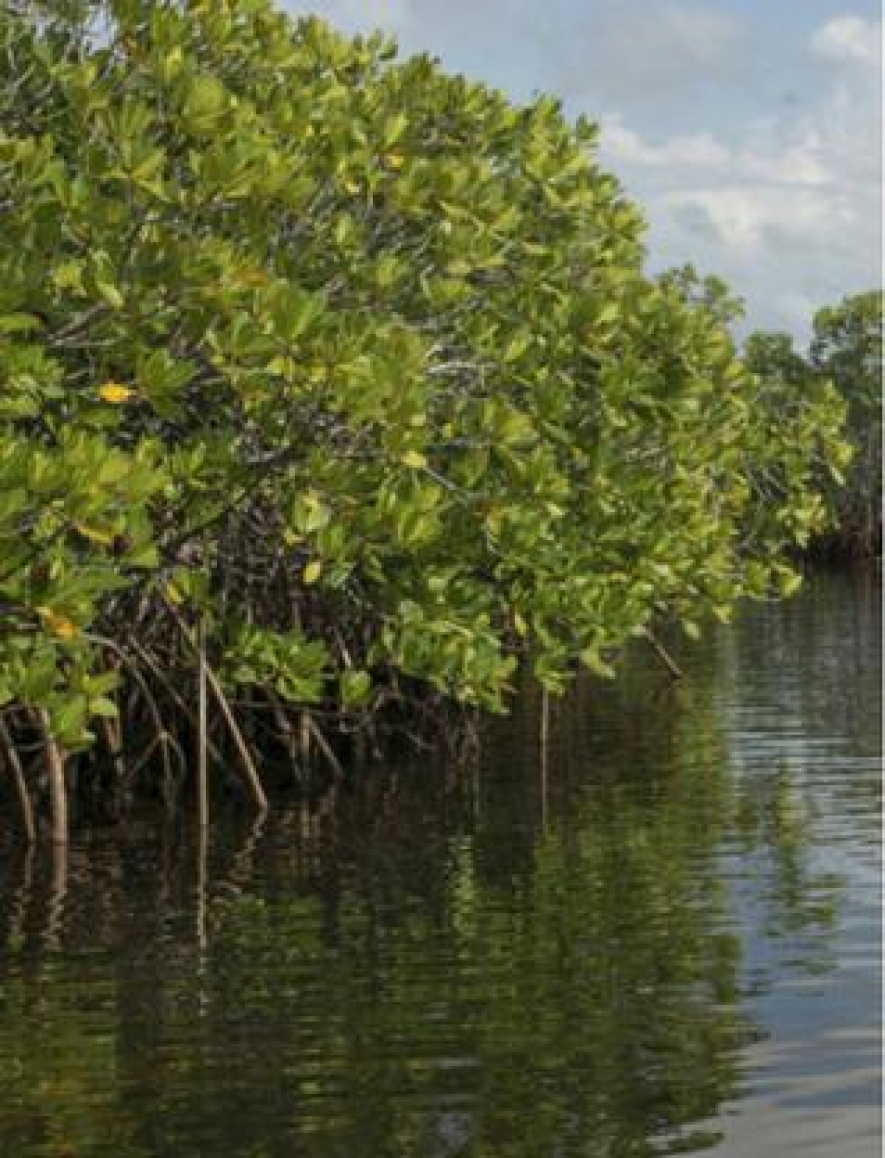Mangroves are an important protection against climate change as they sequester up to five times more carbon than other forests, area for area. They protect coastlines against flooding and tsunamis, and provide a vital habitat for marine animals, especially crabs, shrimp and juvenile fish.
In an initiative designed to prevent any more being cut down in Sri Lanka and to boost some of the poorest communities in the world, women will be offered small loans and training to start businesses. In return for the microloans, the 15,000 women, including thousands of widows from the civil war, will be expected to stop using the trees for firewood and to guard the forests near their homes.
Conservationists behind the scheme, which is backed by the Sri Lankan government, believe the focus on women will bring huge benefits to living standards in coastal communities.
“We have discovered that if you want a project to succeed, have the women of the community run it,” said Anuradha Wickramasinghe, chairman of the Sri Lankan NGO Sudeesa. “Other conservation organisations have found the same thing. It’s in our culture. The mother is the central.”
The £2.2-m initiative announced on Tuesday (May 12) is designed to save mangroves covering 21,782 acres (8,815 ha) in 48 lagoon systems and involves women from 1,500 communities. Women involved in the scheme will protect mangroves by ensuring no one in their communities, or from outside, cuts down the trees.
(Courtesy: Guardian Newspaper 2015)
